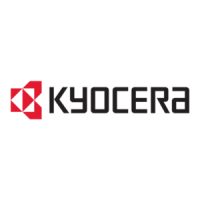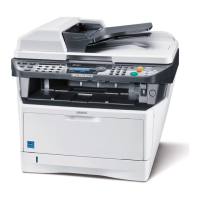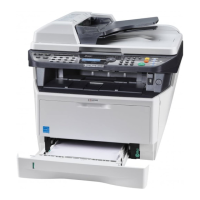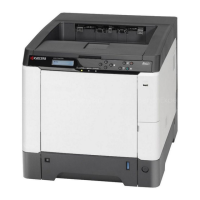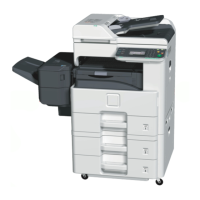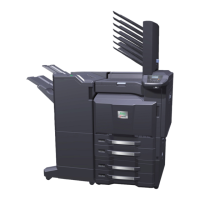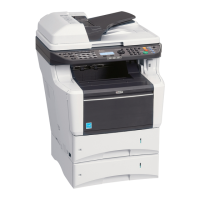Raster Graphics
2-37
tagged image file format raster data. Both commands are used with the ENDR (END
Raster) command.
Printing Raster Data
The normal sequence for printing raster data is to set the presentation mode (and, if
desired, the height and width of the raster image area) with the SRO command, to set the
dot resolution with the STR command, then to print the raster data with the RVRD or
RVCD/ENDR command pair.
Changing the Printing System’s Imaging Model
The printing system’s imaging model governs the way in which images and patterns are
applied to each other. In short, it determines the transparency or opaqueness of images as
images overlay one another and fill patterns are applied through images.
The image model applies to all PRESCRIBE image modes, and also to operation in the
Hewlett-Packard LaserJet emulation mode.
In general, placing any image on a page involves three elements: a pattern, a source
image whose black bits are replaced by the pattern, and a destination image, which is
any earlier image onto which the source image and pattern are placed.
The fill pattern or gray scale pattern is defined by the PAT command, FPAT command, or
GPAT command.
The source image is any raster graphics image, standard mode graphic, lines or shapes
produced by filling or stroking a path, or text printed using any bitmap or scalable font.
The manner in which white bits in the pattern and source image are processed varies
according to the transparency mode. There are two transparency modes: the source
transparency mode and the pattern transparency mode.
When the source transparency mode is 0 (transparent), white bits in the source image
have no effect on the destination image; when the source transparency mode is 1
(opaque), white bits in the source image are applied to the destination image.
Similarly, when the pattern transparency mode is 0 (transparent), white bits in the pattern
do not affect the destination image; but the area of the source image replaced by the pat-
tern dots is applied to the destination image when the pattern transparency mode is 1
(opaque).
The figure on the next page illustrates the results that are obtained by printing images
using image modes; that is, using different combinations of source and pattern transpar-
ency modes.
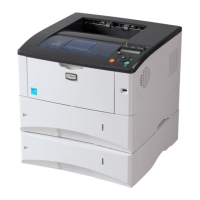
